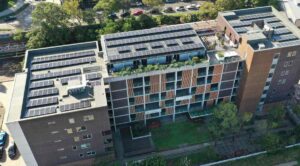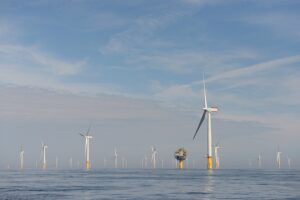Despite all the challenges facing renewable developments in Australia – falling prices, regulatory uncertainty, grid connection delays to name a few – the large scale solar sector has remained remarkably dynamic.
In the first five months of 2020, 805 MW AC of project capacity has been committed to construction, showing that equity investors, and in many cases PPA offtakers, are still seeing attractive opportunities.
Over the same period, the structure of the Australian solar sector has changed considerably. If the exit of RCR Tomlinson, Downer and more recently Biosar left a void in the construction market, you could be forgiven for not noticing.
It is not that activity has slowed that much: around 2 GW either entered construction or attracted an EPC partner since the start of 2019.
Rather, while incumbent firms have continued to pick up occasional contracts, a major new entrant has emerged and vaulted straight to the top of the NEM’s EPC rankings.
Sterling & Wilson, a large Indian EPC contractor with significant global experience, won its first contract in Australia in December 2019, and has since won a further two jobs, the most recent of which was announced last week.
We estimate Sterling & Wilsons portfolio of projects now amounts to 664 MW AC, which is large by any standard.
Looking at all solar projects in the NEM that have been completed or are underway, the contracts won over the past six months put Sterling & Wilson in third spot overall by volume.
But when we consider the set of contractors that are still active in Australia, it becomes the largest in the market, and by some margin.
Each project is 120 MW AC or larger – to put that into context only three solar farms operating in Australia are larger than that.
(Second out of the active contractors is US based Signal Energy – for this analysis we have consolidated their joint ventures with Canadian Solar. Signal has two projects currently in progress, each well in excess of 100 MW AC, and it has completed the third largest solar farm in the country).
The capacity that will be simultaneously under construction by a single contractor is the largest since RCR Tomlinson.
This may not be a bad thing: we are not party to the details of the contracts and therefore do not know how the risks have bene shared between owner and contractor.
But if the liquidated damages provisions are anything like those we have seen in the solar sector over the past couple of years, 600+ MW represents a large liability.
Ben Willacy is an analyst with ITK Services.











